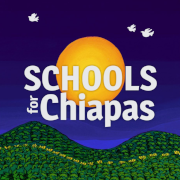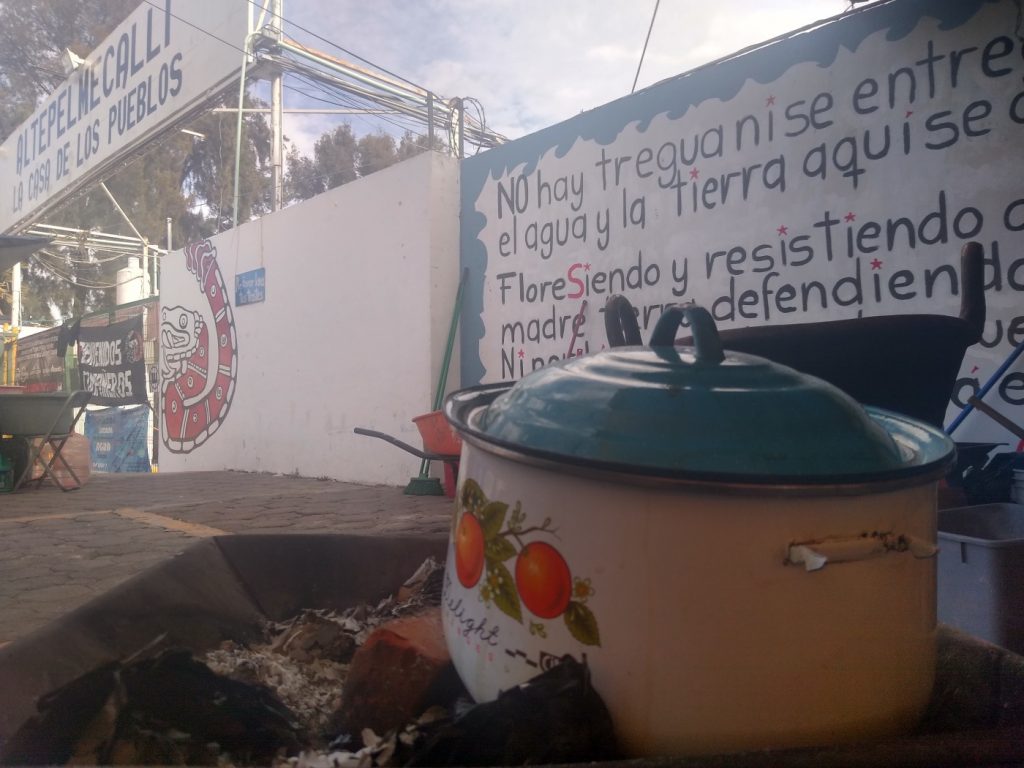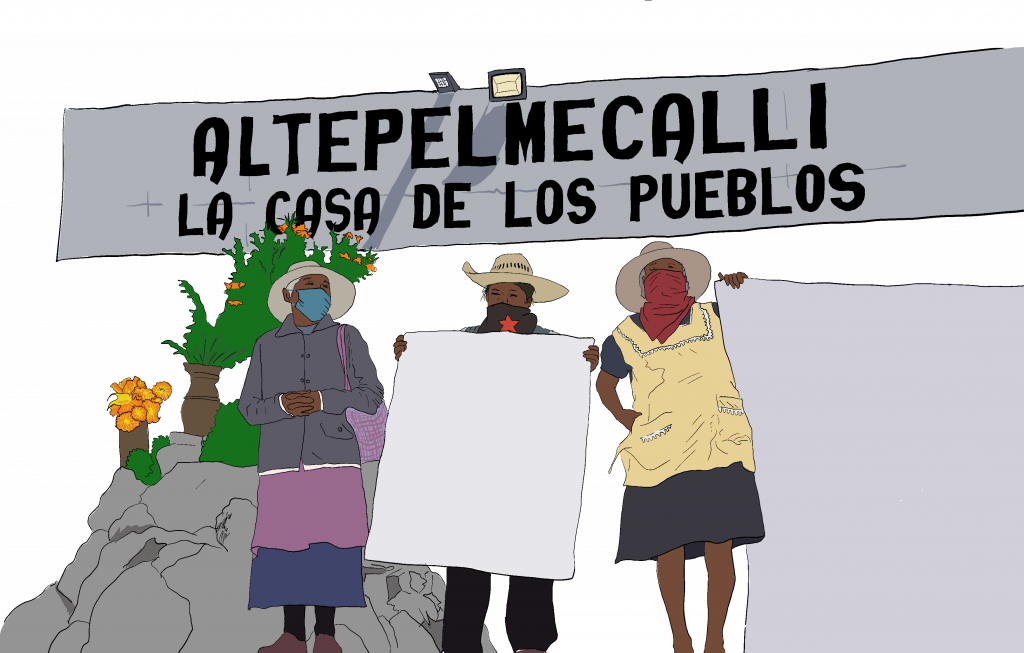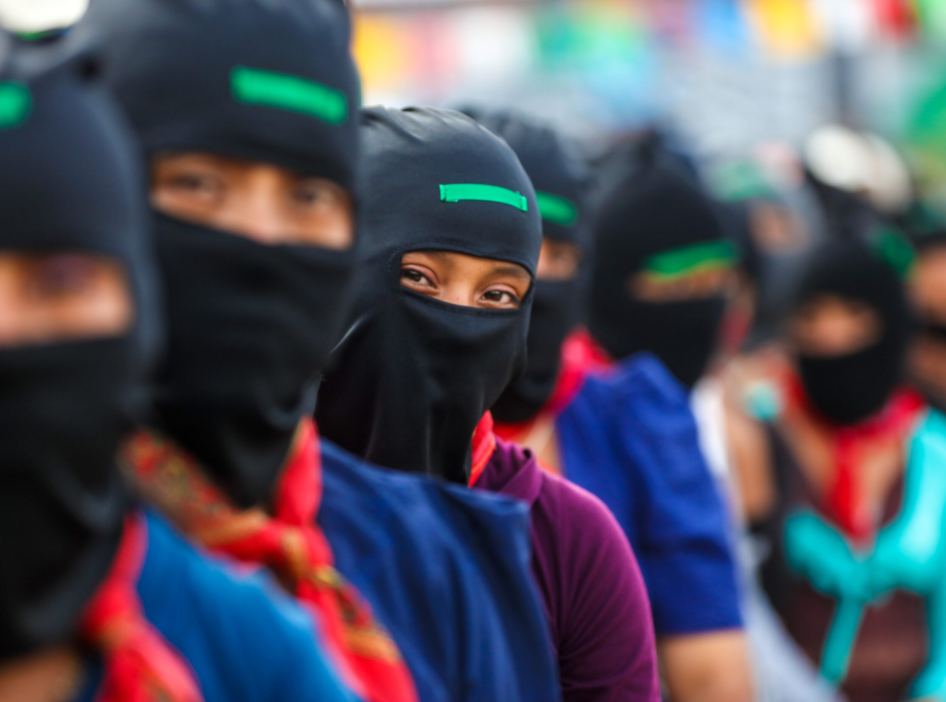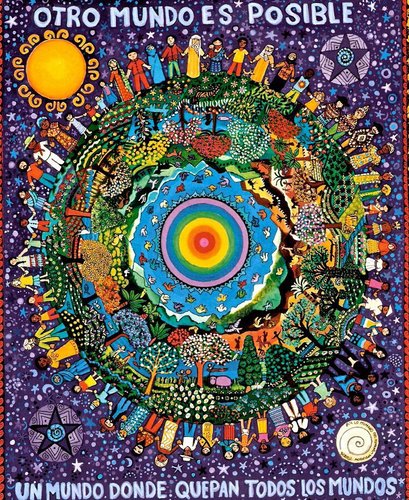Simulations, Paradoxes and Realities in Matters of Indigenous Rights
The Zapatista assertion that we should not expect anything from those above is confirmed. Only the anti-capitalist, anti-racist and anti-patriarchal resistance of the peoples, coming from the territories, can make the just demands for autonomy and self-determination a reality.
